Needless of an introduction, the original Saturday Night Fever is unarguably one of 70’s top cult-classics. The film depicts the life and times of the disco-dancing legend, Tony Manero (John Travolta) as he moves on the dancefloor of Brooklyn’s club scene and the ups and downs of life, career, money, family, friends, relationship and love.
Having watched the original, the main question is whether this Tony (Richard Windsor) would have the energy and flair to match Travolta. He did not disappoint. Tony sprang to life bringing with him characters hitherto buried in our fond memories. The picture in the first disco scene (in Bay Ridge) was vividly painted as live as a real 70’s disco. It sure would have been nostalgic for any party-goers of that generation and one would not hesitate to transpose into it. The choreography, ambience, costume, stage management was faultless, even through my eagle eyes.
In view of the current concern around Diversity and Inclusion in the Arts, producers surely have paid attention and addressed any concerns that could have arose. The cast was fairly gender balanced. In addition, there was a sign language translator. It is imperative that sign language or any language for that matter, as well as cultural characteristics are contextualised with the most accurate depiction that include emotions and mannerism. The translator did just so. She was as much of a hit too with her dance moves from start to climatic finish. Maria and Cesar brought in the Afro-Latino flavour on the dancefloor, whiles the club MC with his energy, rich and electrifying voice was exuberant and so natural that he reminds me of a real Hype Man in a rap group with his exclamations and interjections.
The only disappointment is the occasional burst of unnecessary swearing and derogatory language, which would be off-putting to many. There were young people, possibly young teenagers in the audience. The show is decent enough to make it as a family show but in terms of the language – I sincerely believe the producers dropped the ball. Nonetheless, just like after a Saturday Night out, there was a takeaway for everyone. Apart from the obvious entertainment, there was the lesson about family, friends, wellbeing and suicide. Tony, preoccupied with his career and faintly aloof love life, failed to be a support to his friend Bobby C. at a time when he needed him most. Bobby was expecting just a phone call, that never came and the disappointment eventually led him to commit suicide.
If there is any homage one can pay to such an iconic movie on stage, then this, did just that. It was nothing short of passion, drama and entertainment with classic hits from the 70’s. It was almost a psychedelic torture as one had to control involuntary twitching (really!?!) and just sit (seriously!?!) to watch a musical with songs such as Stayin’ Alive, How Deep Is Your Love, More Than A Woman (yes, really seriously!?!). When all was said and almost done, those in the audience who were clearly suffering from the 2 hour BDS (Boogie Deficiency Syndrome) could not help but spring into dancing during the last song. The climatic closing was more of a celebration of a legend reborn, with the theme tune Saturday Night Fever on full blast!
By E. M. Bless’On III



 (4 / 5)
(4 / 5)

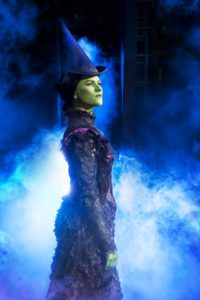

 (5 / 5)
(5 / 5)



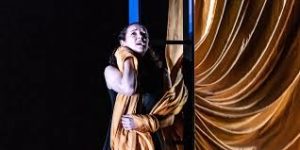
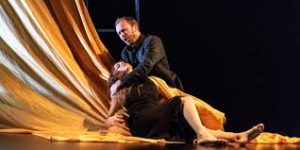

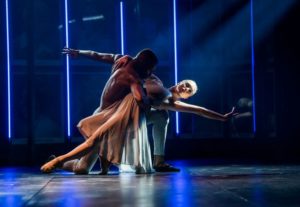
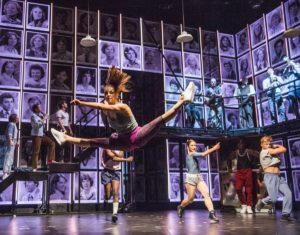

 (3.5 / 5)
(3.5 / 5)
